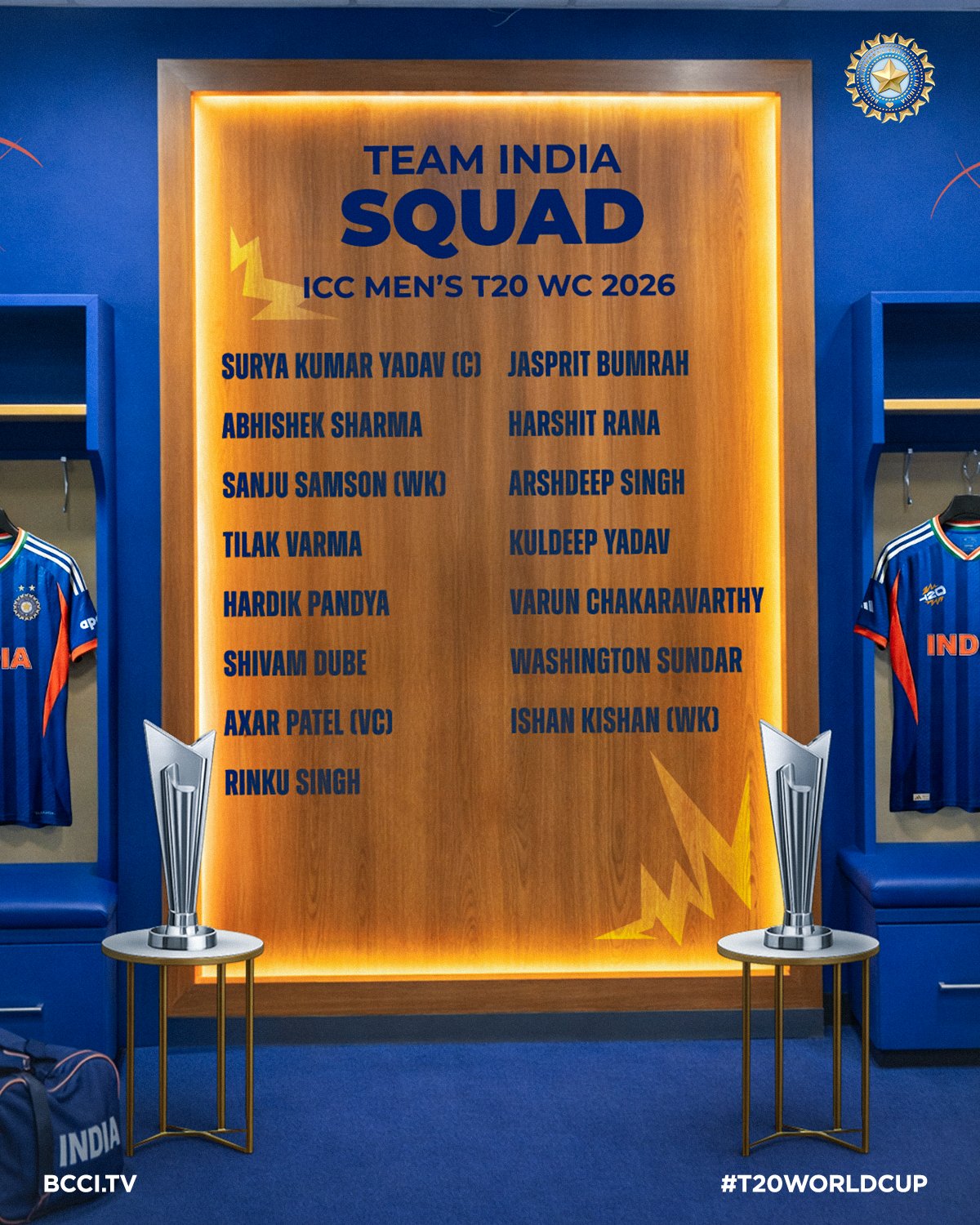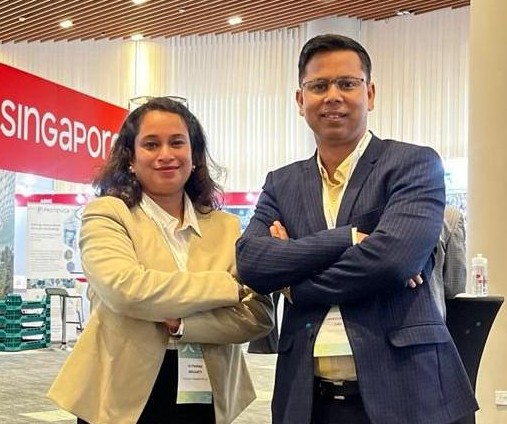New Delhi: Union Minister Dr. Jitendra Singh has underscored the crucial role of nuclear energy in India’s push for net-zero emissions, highlighting the government’s ambitious target of achieving 100 GW of nuclear power by 2047. Speaking at a post-budget webinar organized by NITI Aayog, he called for private sector participation, regulatory reforms, and increased public engagement to drive the expansion of nuclear energy in India.
Dr. Singh pointed out that India’s electricity demand is expected to rise four to five times by 2047, and while renewable energy sources such as solar and wind are expanding, they alone cannot meet the country’s base-load power requirements. This makes nuclear energy a vital component of India’s clean energy transition. “Achieving 100 GW of nuclear power will require a focused and determined approach, adding around 4 GW annually from now onwards,” he stated, expressing confidence that the goal can be met with proper planning and execution.
Private Sector Participation in Nuclear Power
A major shift in India’s nuclear policy is the proposed involvement of the private sector in designing, building, and operating nuclear power plants. Dr. Singh noted that legislative amendments to the Atomic Energy Act, Civil Liability for Nuclear Damage Act, and Electricity Act would be necessary to enable private participation. He emphasized that opening up the nuclear sector would send a strong policy signal, boosting investor confidence and encouraging long-term investments in nuclear energy.
He highlighted that NPCIL (Nuclear Power Corporation of India Limited) and its subsidiaries aim to contribute nearly half of the 100 GW target by leveraging domestic and international partnerships. Meanwhile, NTPC’s joint venture, Ashwini, has already begun constructing four 700 MWe Pressurized Heavy Water Reactors (PHWRs) at Mahi-Banswara, signaling a strong commitment to nuclear power expansion.
Launch of Small Modular Reactor (SMR) R&D Mission
In another major development, Dr. Singh announced the launch of a Small Modular Reactor (SMR) R&D Mission, aimed at developing five SMRs by 2033. These reactors, known for their adaptability and scalability, could be deployed in industrial zones, remote areas, and sectors such as cement and steel manufacturing, where decarbonization is particularly challenging.
India’s Growing Global Credibility in Nuclear Energy
Dr. Singh reflected on India’s nuclear energy journey, which was pioneered by Dr. Homi Bhabha, but often met with skepticism due to restrictive global policies and concerns over nuclear proliferation. However, he noted that under Prime Minister Narendra Modi’s leadership since 2014, India has witnessed a paradigm shift, gaining greater global acceptance for its nuclear energy program. The announcement of India’s 100 GW nuclear target has been met with positive reception, signaling India’s growing credibility in the global nuclear community.
Public Awareness and Nuclear Energy
Dr. Singh emphasized the need for a nationwide awareness campaign to address public concerns about nuclear energy. “A much more vigorous and sustained public outreach program is necessary to dispel fears and highlight nuclear power as a safe and clean energy source,” he said, urging collaboration among government agencies, private players, and environmental groups to educate the public about the benefits of nuclear energy.
With a clear roadmap now being developed in consultation with stakeholders, Dr. Singh affirmed that while challenges exist, achieving the 100 GW target by 2047 is both ambitious and achievable. The push for nuclear expansion aligns with India’s broader vision of energy self-sufficiency and a cleaner, more sustainable future.





